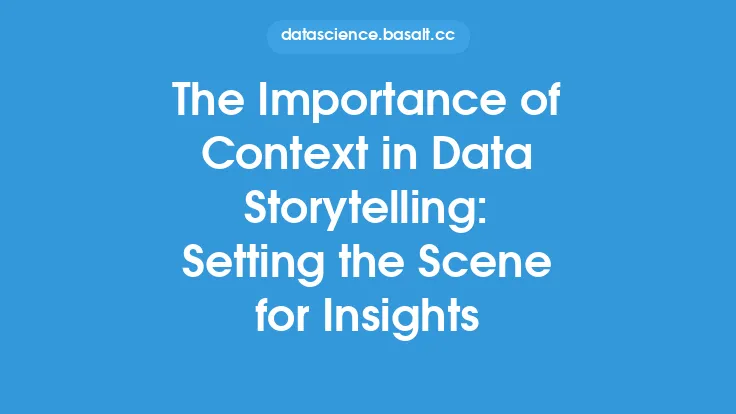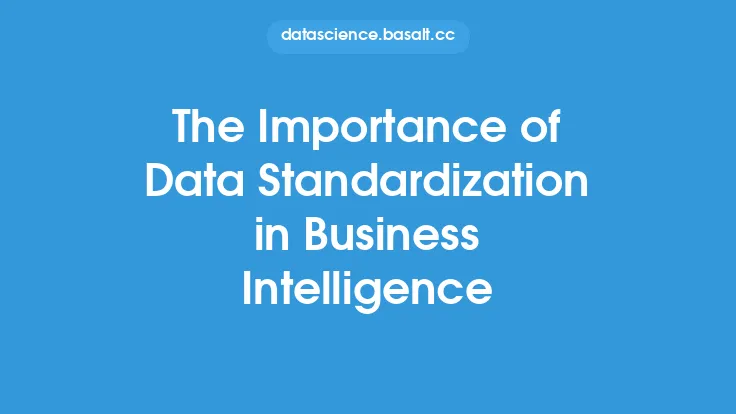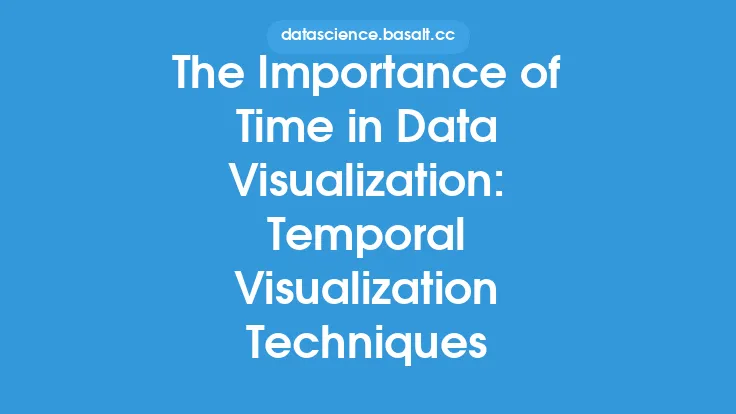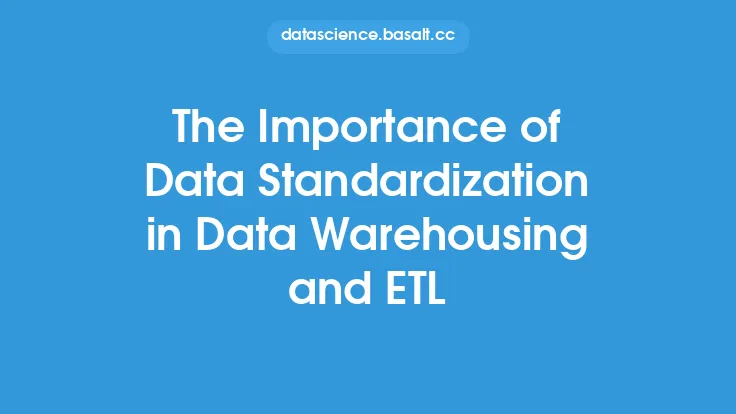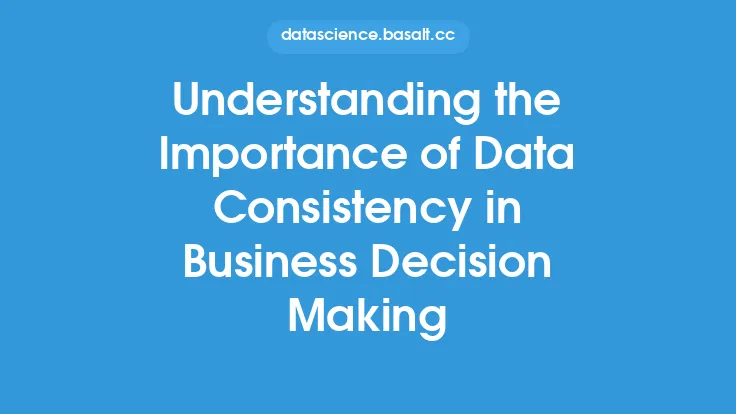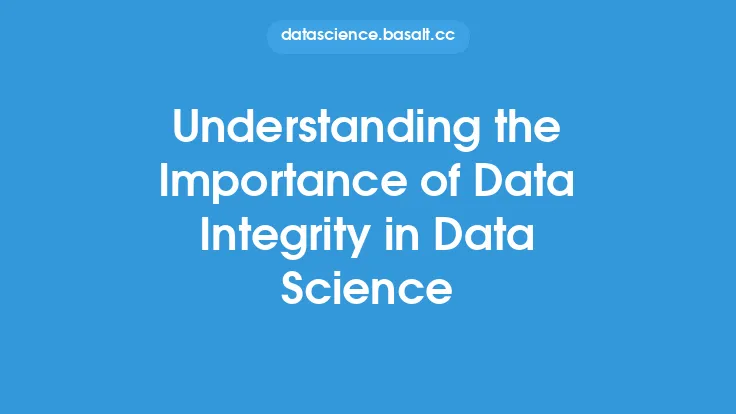When presenting data, it's easy to get caught up in the numbers and statistics, but context is what truly brings the data to life. Without context, data can be misleading, confusing, or even useless. Context provides the framework for understanding the data, allowing the audience to grasp the significance, relevance, and implications of the information being presented. In this article, we'll explore the importance of context in data presentation and provide guidance on how to effectively incorporate context into your data storytelling.
Understanding Context in Data Presentation
Context in data presentation refers to the surrounding information, circumstances, and background that provide meaning and relevance to the data. It's the foundation upon which the data is built, and it helps the audience understand the data's significance, limitations, and potential applications. Context can include a wide range of factors, such as the data source, collection methods, sample size, time frame, and any relevant external factors that may have influenced the data. By providing context, you can help your audience understand the data's strengths and weaknesses, as well as its potential biases and limitations.
The Role of Context in Data Interpretation
Context plays a critical role in data interpretation, as it helps the audience understand the data's relevance, accuracy, and reliability. Without context, data can be misinterpreted or misunderstood, leading to incorrect conclusions or decisions. For example, a graph showing a significant increase in sales may seem impressive, but without context, it's impossible to know whether the increase is due to a new marketing campaign, a change in pricing, or some other factor. By providing context, you can help your audience understand the underlying factors that contributed to the increase in sales, allowing them to make more informed decisions.
Types of Context in Data Presentation
There are several types of context that can be relevant in data presentation, including:
- Temporal context: This refers to the time frame in which the data was collected, as well as any relevant time-related factors, such as seasonality or trends.
- Spatial context: This refers to the geographic location in which the data was collected, as well as any relevant location-related factors, such as climate or demographics.
- Cultural context: This refers to the social, cultural, and economic factors that may have influenced the data, such as language, customs, or values.
- Methodological context: This refers to the methods used to collect and analyze the data, as well as any relevant methodological limitations or biases.
Best Practices for Providing Context in Data Presentation
To effectively provide context in data presentation, follow these best practices:
- Clearly define the data source: Provide information about the data source, including the collection methods, sample size, and any relevant limitations or biases.
- Provide relevant background information: Offer background information about the topic, including any relevant history, trends, or external factors that may have influenced the data.
- Use visualizations and annotations: Use visualizations, such as charts and graphs, to help illustrate the data, and provide annotations to explain the data and provide additional context.
- Consider multiple perspectives: Consider multiple perspectives and viewpoints when presenting the data, and provide context that acknowledges potential biases or limitations.
Technical Considerations for Providing Context in Data Presentation
When providing context in data presentation, there are several technical considerations to keep in mind, including:
- Data normalization: Ensure that the data is normalized and scaled appropriately to provide a clear and accurate representation of the information.
- Data visualization tools: Choose data visualization tools that allow for effective communication of the data and its context, such as interactive dashboards or dynamic visualizations.
- Metadata management: Ensure that metadata, such as data source information and collection methods, is properly managed and documented to provide a clear understanding of the data's context.
Conclusion
In conclusion, context is a critical component of effective data presentation, as it provides the framework for understanding the data and its significance. By providing context, you can help your audience understand the data's relevance, accuracy, and reliability, and make more informed decisions. By following best practices and considering technical considerations, you can effectively incorporate context into your data storytelling and create a more engaging, informative, and impactful presentation. Whether you're presenting data to a technical or non-technical audience, context is essential for ensuring that your message is clear, concise, and effective.
